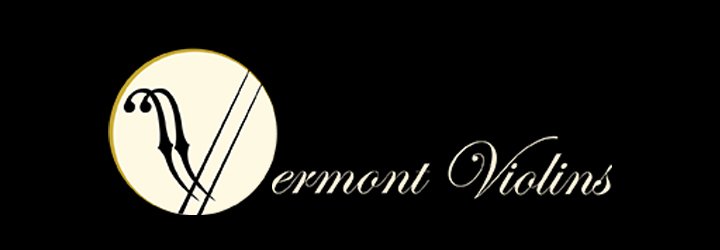Beginner Guide To Electric Instruments
The Absolute Beginner's Guide to Going Electric
Electric instruments are everywhere in today’s music scene. You don’t have to look far to see an Indie band with an electric cellist, a punk rock band with an electric violinist, or even hip-hop using electric violins (looking at you, Black Violin!) Electric string instruments are being used in concerts by the Wu-Tang Clan, Kanye West, Katy Perry and more surprising artists. Going electric is a portal for a string musician into the entire world of genres outside of classical and traditional music. Electric instruments give string players flexibility to change not only their volume but their entire sound by adding filters, effects, and more to their set up.
With all the special effects, amplifiers, pedals, pickups, cables and more, it can be confusing and overwhelming thinking about stepping into the world of electrics. We’re here to make it easy for you! We’ll give you the very basics to get you started on your electric journey, and when you’re ready for more, check out our Electrics: Next Steps (coming soon!) guide to bring your electric game to new levels.
Ok, I’m ready to get started. What do I need?
To begin your journey as simply as possible, you’re going to need 3 things. An instrument with electric capability, a cable, and an amp. That’s it. We’ll walk you through the best options for beginners with each and you’ll be rocking before you know it!
Let’s start with the instrument. What instrument do I need?
There are two main routes to go with your instrument when electrifying. You can get a pickup for your acoustic instrument, or you can purchase an electric instrument.
Popular Hip-Hop Violin duo Black Violin
The pickup is a device that converts your instrument’s sound into electrical signals. Many are built directly into the bridge, where the best tone comes from. Many players will opt for the pickup option as it lets them continue using the instrument they’re already comfortable with and is quite a bit more affordable than buying a fully electric instrument. The disadvantage is that your instrument still makes the level of noise acoustically as it did before electrifying, which can interfere with the sound coming out of the amplifier. Looking to get a pickup installed on your instrument? Click here and get your appointment set up!
L.R. Baggs Pickup
Electric instruments, on the other hand, produce almost no acoustic sound and have a pickup built in to the instrument. These instruments are designed specifically under amplification and usually have a separate volume and tone knob, giving players control of their sound away from the amplifier. In the past, electric instruments always seemed so inaccessible to the newer violin player, due to price and difficulty setting up all the equipment. These days electric violins such as the Yamaha Electric Violin can be purchased under $650 making the world of electrics much more affordable and accessible to the new player.
Alright, I’ve got my instrument. What’s an amplifier and which one should I buy?
Simply put, your amplifier projects the sounds your instrument is making. Whether you’ve opted for a pickup on your cello, or you’re going with an electric violin, you’re going to need an amplifier to project the sound you’re making.
Before you hop in the car and drive to the nearest guitar store, it’s important to realize that violins and guitars behave differently under amplification, and while a Marshall amp might sound great on an electric guitar, the same sound might sound heavily distorted or muffled with a violin.
Make sure to test out any amp with your instrument before purchasing, ensuring that your instrument sounds great on the lower strings through the higher strings and that the amplifier can project the sound you’re looking for. Luckily for us, Roland and Fishman make it easy with their Katana, MicroCube, and Fishman Loudbox amplifiers. We have tirelessly tried out different amplifiers until we came upon the Katana amps, smaller MicroCube amps, and the Fishman Loudbox which we found sound incredible through the entire violin and cello range. These amplifiers come with plenty of onboard effects to play around with so if you get the right amp, you won’t need an effects processor until much later in your electric journey.
Yamaha Electric Violin
Cool. I’ve got my amplifier and instrument. What now?
The last thing you’ll need, and this is the easiest part, is a ¼” cable to connect your instrument to your amplifier. We sell Planet Waves Cables but just about any cable will do fine, as long as it has the length you need to play comfortably.
There are plenty of other options to expand your electric playing when ready such as pedals, processors, pre-amps, and more that give you complete control over your sound while playing which we’ll explore further in our Electrics: Next Steps (coming soon) blog. If you’re looking to just get started though, get your instrument, your amp, your cable and get rocking!
Popular electric violinist Lindsey Stirling





